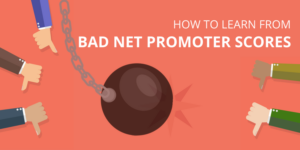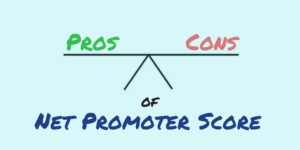NPS also stands for the Net Promoter System®, a trademarked system and framework that was built around the Net Promoter Score, a model that essentially tries to tie a corporation’s bottom line with its customer happiness and satisfaction with the company’s product and services, and aims at managing corporate profits and sustainability through a customer experience lens.
When was the Net Promoter Score developed?
The Net Promoter Score® is a framework created by Bain & Co consultants in the early 2000, and more specifically by Fred Reichheld a partner at the firm who was leading the customer loyalty practice at the time. The concept came about after decades of field experience in customer market research, advising senior executives of Global 2000 companies on topics of customer loyalty and growth, and publishing a decent amount of literature on the subject — e.g his first book on the Loyalty Effect, published by the Harvard Business School Press in 1996 and its follow-on Loyalty Rules in 2001 –.
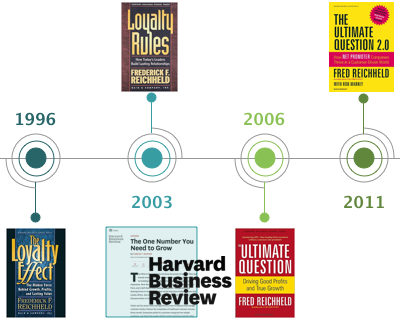
Realising the limitations of the traditional approach to customer surveys: highly complex, lengthy, labor intensive (cross departmental inputs) and the low response rates leading to modest or unreliable insights, Fred Reichheld embarked his team of consultants on a quest to downsise the customer survey and possibly find the one question that would unearth a similar amount of insights as its lengthy and unwieldy customer survey counterpart and whose answer would somewhat be predictive of a company’s revenue growth. The research project culminated in a paper published in the Harvard Business School review in 2003 —The One Number You Need to Grow –summarising the findings and revealing the now extremely popular survey question “How likely is it that you would recommend our company/product/service to a friend or colleague?” and its associated net promoter score. The success of the paper, and the rapid adoption of the metric across organisations globally, encouraged the team to develop further the metric into a broader management model. Fred Reichheld and his disciple Rob Markey published subsequently two books: The Ultimate Question: Driving Profits and True Growth, in 2006 and The Ultimate Question 2.0: How Net Promoter Companies Thrive in a Customer-Driven World in 2011.
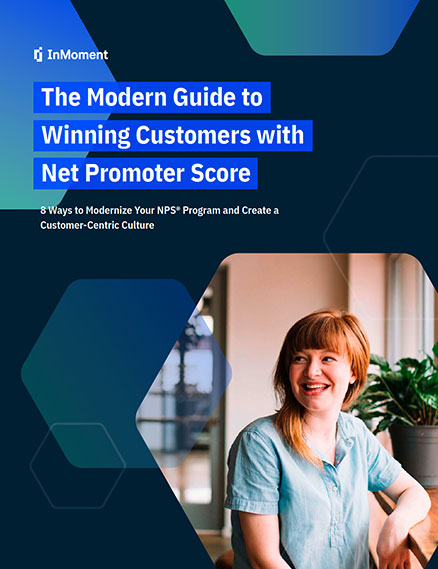
GUIDE
The Modern Guide to Winning Customers with Net Promoter Score
8 Ways to Modernise Your NPS program and Create a Culture of Customer Happiness
How is Net Promoter Score Calculated?
A Net Promoter Score survey asks a single question, “How likely are you to recommend this product or service?” and a customer responds on a scale of 0-10.
The NPS Formula is equal to the percentage of promoters minus the percentage of detractors. Promoters are customers who answered 8 or 9 to the NPS question, and detractors are customers who gave a score of 0 to 6 to this same question. …Read more
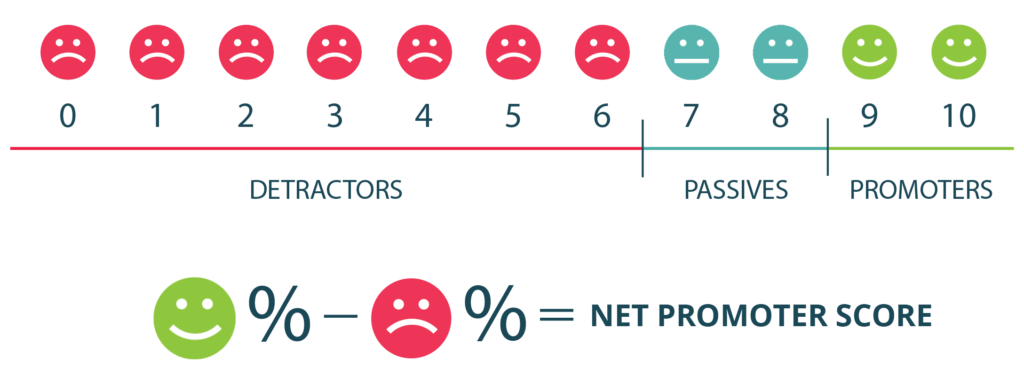
What is a good NPS?
A +50 NPS, would mean that the company has more than 50% promoters and less than 50% detractors. Any score above 50 is then probably good. Benchmarking is popular, but it is best to focus on continual improvement of your own NPS.
…Read more
How to improve your NPS?
There is no shortcut to improving Net Promoter Score. Go underwater to look at the iceberg, understand the “why” behind the score. Learn to love unhappy customers’ feedback. And make the most of the Net Promoter System.
…Read more

GUIDE
The Net Promoter Score Software Buyer’s Guide
Choosing the right Net Promoter Score software is an important decision—but it’s no easy feat.
There are many tools and solutions to choose from, all of which have varying features — it can all be overwhelming. Luckily, there are ways to determine if a Net Promoter Score solution is right for you. Download this free guide and uncover the key questions to ask when evaluating a vendor.
NPS Survey Methods – Email NPS or In-App NPS?
Before we address which survey method is best for your business, let’s look at what email NPS and in-app NPS surveys look like.
Example of NPS Email Survey
InMoment offers NPS email templates that enable you to send surveys directly from your favorite email provider or CRM (like MailChimp or Marketo.) Results appear in your InMoment dashboard.
In general, respondents are more likely to leave qualitative feedback in an email survey vs. in-app respondents.

Example of NPS In-app Survey
InMoment in-app surveys appear when customers are on your website or logged into your SaaS product or mobile app. Set-up requires adding a Javascript snippet or SDK to your application. In-app NPS surveys generally attain much higher response rates than email NPS.
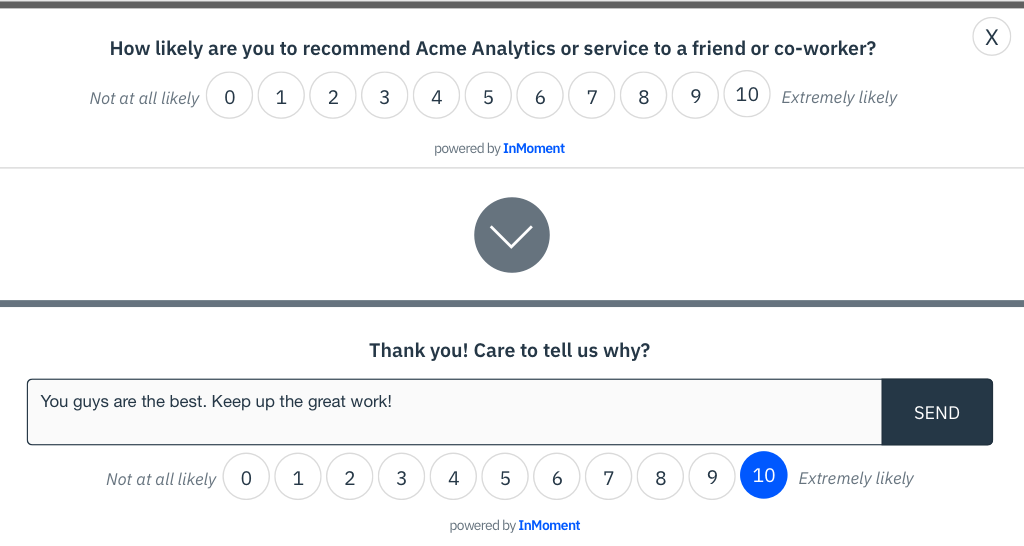
Which is the best NPS method?
What should you use – email, in-app (or even SMS) NPS surveys? This depends entirely on your business model. It’s best to engage your customers where they are. Where are they expecting to hear from you? Where are they most likely to respond? Learn how to chose the best customer feedback channel for your customer base.

See ROI in Half the Time
InMoment’s integrated CX approach increases customer lifetime value and bottom line performance in just 12 months, significantly faster than the industry average of 25 months!
Estimated ROI (payback period in months)


